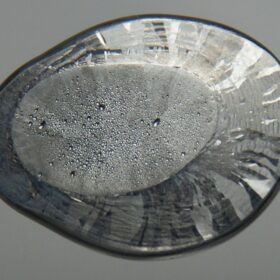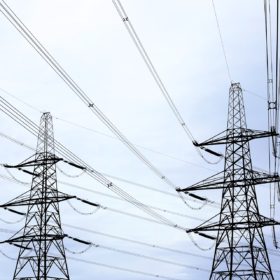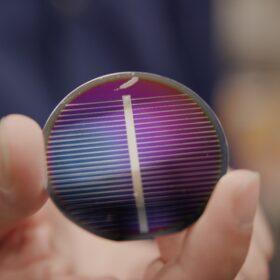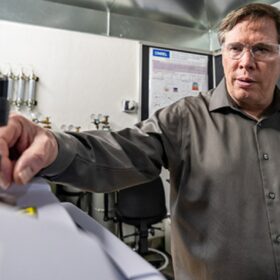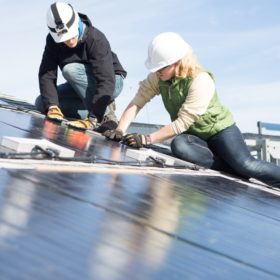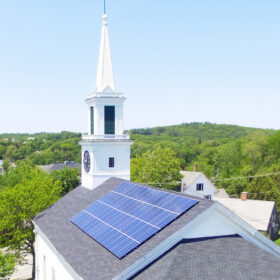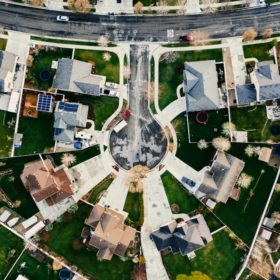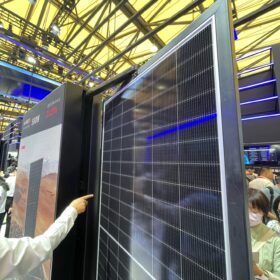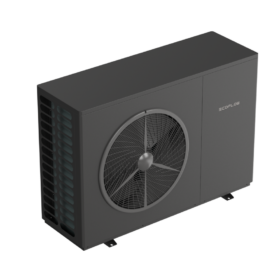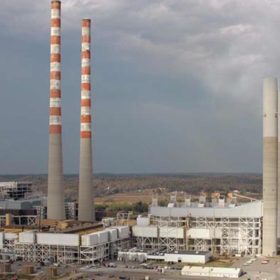New technique to recover lead in end-of-life solar panels
A research group at Arizona State has developed a process to recover lead in its metallic form so that it can be reused in the PV industry. The process relies on a leaching solution based on a combination of acetic acid (CH3COOH) and hydrogen peroxide (H2O2), which the researchers said leaches the lead ‘in a matter of minutes.’
FERC’s proposed rule would harm consumers and the energy transition
Transmission competition is the key to upgrading our electricity grid in a cost-effective manner. FERC must embrace competition and deliver on its mandate to ensure just and reasonable rates for consumers.
Sunrise brief: NASA awards Blue Origin $35 million to build solar cells from moon dust
Also on the rise: Stiff competition is predicted for USDA $9.7 billion focused on renewables, and solar-plus-battery projects take shape in the Northeast.
Renewed efforts to build solar cells from moondust
Jeff Bezos’ Blue Origin has been awarded $35 million in funding from NASA to improve the company’s commercial solution that produces silicon from lunar regolith. The U.S. space agency’s first efforts to build solar cells based on lunar regolith date back to 2005.
One research team’s approach to scaling a domestic circular lithium-ion battery economy
National Renewable Energy Laboratory researchers continue their quest to accommodate growing electric vehicle and infrastructure demands.
DOE invests $20 million to extend solar lifecycle, cut waste
With reduced use and improved recovery of critical materials, PV system deployment will become less dependent on supply chain limitations and can sustain the expected growth in clean energy.
Scaling clean energy by and for Black farmers in Florida
In one Florida town, NREL researchers worked with local stakeholders and community members to develop a guide for installing solar panels on churches and other commercial-scale buildings across the state.
To achieve net zero energy status, solar-powered buildings should not exceed 10 floors
Researchers in Canada have found that nearly zero-energy buildings (NZEBs) with on-site solar energy generation should not exceed an energy use intensity (EUI) of 50 kWh/m2a, which they said corresponds to a maximum of 10 floors. They also ascertained that the maximum permitted EUI by net-zero energy status is 17 to 28 kWh/m2a.
California utility announces launch of distributed energy management system
PG&E will coordinate resources like rooftop solar, electric vehicles and energy storage in partnership with Schneider Electric.
Top solar panel brands in performance, reliability, and quality
Solar modules are evaluated in the Renewable Energy Test Center annual PV Module Index.
